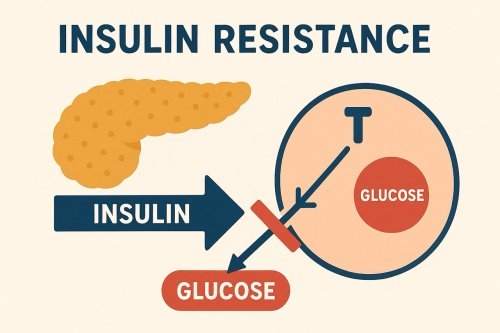Three questions
by Kelli
(New Bedford)
Hi Wray, I was wondering if progesterone cream is helpful for a 50-year-old male who had a brain trauma five years ago or is it only helpful right after the injury? If so, how much is helpful? (I'm asking for my husband.)
I'm noticing lose bowels on your cream and wanted to find out if this is ok or what to do.
Also, I also wanted to know your thoughts on this. I want to keep using the amount you suggest but can't find that recommendation on any other website. I'm trying to get to the truth.
http://www.bhrt-resource.com
No Known Side effects of Natural Progesterone
Under normal conditions, when using natural progesterone in physiological amounts (20 - 30 mg a day for women and 6-10 mg a day for men) there aren't any progesterone side effects.
It's important for progesterone prescriptions to be individualized. For example, it is common for natural progesterone prescriptions to be 100 mg a day or even as high as 200mg a day.
Natural progesterone is safe, but as with most substances, too much can cause problems.
Too much progesterone is actually counterproductive, as chronically high progesterone doses over the course of many months eventually causes progesterone receptors to turn off, reducing its effectiveness and may lead to toxic progesterone side effects.
But keep in mind, not all women suffer from these progesterone side effects when they use excessive doses of progesterone.
Side effects of too much progesterone include...
* An anesthetic effect
An anesthetic and intoxicating effect such as slight sleepiness.
Excess progesterone down-regulates estrogen receptors, and the brain's response to estrogen is needed for serotonin production.
To solve this, simply reduce the dose until the sleepiness goes away.
* Symptoms of Estrogen Dominance
For a week or two after first starting progesterone, some women report paradoxical estrogen dominance symptoms.
In the initial application, it is common for those who have been deficient in progesterone for years to experience some headaches, water retention, and swollen breasts.
These symptoms of estrogen dominance are common because the estrogen receptors are being re-sensitized by the progesterone. This "coming alive" of progesterone is exhibited in the initial stages of progesterone application.
These symptoms usually go away by themselves and isn't a sign of toxicity.
* Lowered libido
Excess progesterone block the conversion of testosterone to DHT causing a lowered sex drive. This primarily happens to men.
* Candida
Excess progesterone can inhibit anti-Candida white blood cells, which can lead to bloating and gas.
Excess progesterone slows gastrointestinal (GI) transport, and with the wrong kind of gastrointestinal flora, such as candida, this can lead to bloating and gas.
Candida is bacterium present in a yeast infection. Excess progesterone can inhibit anti-Candida neutrophils (white blood cells).
Systemic candidiasis can be treated with a grain-free diet for 2 weeks, followed by 40 mg of progesterone (using 3% progesterone cream) a day applied vaginally and to the breast.
More is applied gradually elsewhere to areas such as the neck, face, brow, and inner aspects of the arms.
If side effects worsen, reduce progesterone dosage.
* Mild Depression
Depression is caused by the excess progesterone down-regulating estrogen receptors and the brain response to estrogens is needed for seratonin production.
* Edema (water retention)
Water retention is likely caused by excess conversion to deoxycortisone, a mineralcorticoid made in the adrenal glands which causes water retention.
High doses can lead to an increase in androgen production. Excessive progesterone can also lead to the increase in androgen production and ultimately increase in estrogen production within the adrenal hormonal synthesis pathway as the body shunts the excessive progesterone to these other hormones.
Applying progesterone cream to the wrong areas can lead to excessive progesterone levels.
Excessive progesterone is more commonly a problem for people who are self-administering topical progesterone cream in the wrong areas of the body.
Progesterone cream should be applied to areas that have good circulation but aren't high in fat.
These areas include the back of the neck, wrist, and under part of the upper arm.
Areas such as the abdomen, buttock and breast are high in fat and will retain progesterone faster than other parts of the body.
 If you are feeling confused or overwhelmed by fertility challenges, or wondering if hormone balance might be affecting your ability to conceive you are not alone—many women and couples face uncertaint…
If you are feeling confused or overwhelmed by fertility challenges, or wondering if hormone balance might be affecting your ability to conceive you are not alone—many women and couples face uncertaint…
 _____
_____ Feeling tired, foggy, or struggling with stubborn weight gain—especially around the waist? You might be surprised to learn that these symptoms could be linked to insulin resistance, a condition that a…
Feeling tired, foggy, or struggling with stubborn weight gain—especially around the waist? You might be surprised to learn that these symptoms could be linked to insulin resistance, a condition that a…